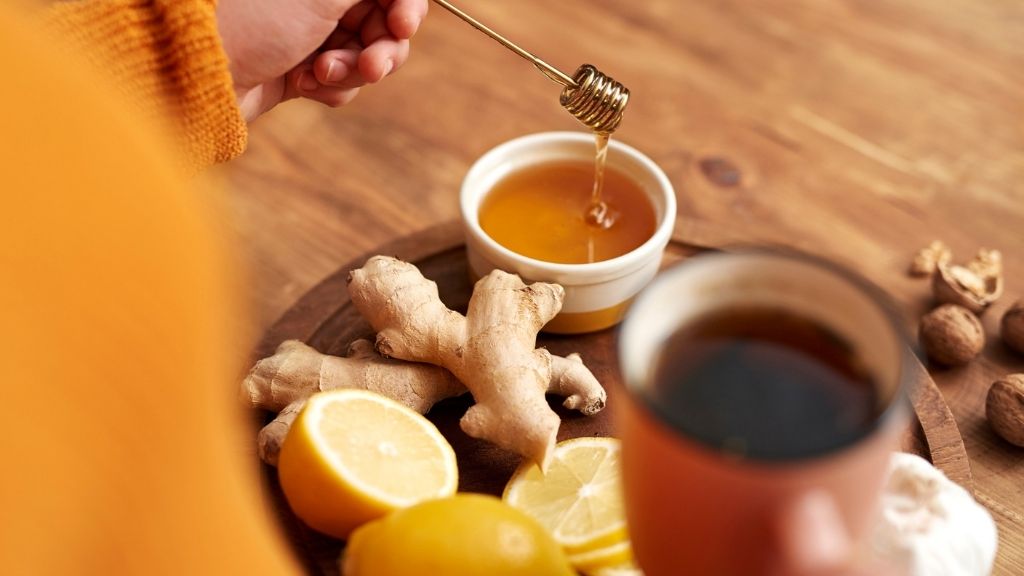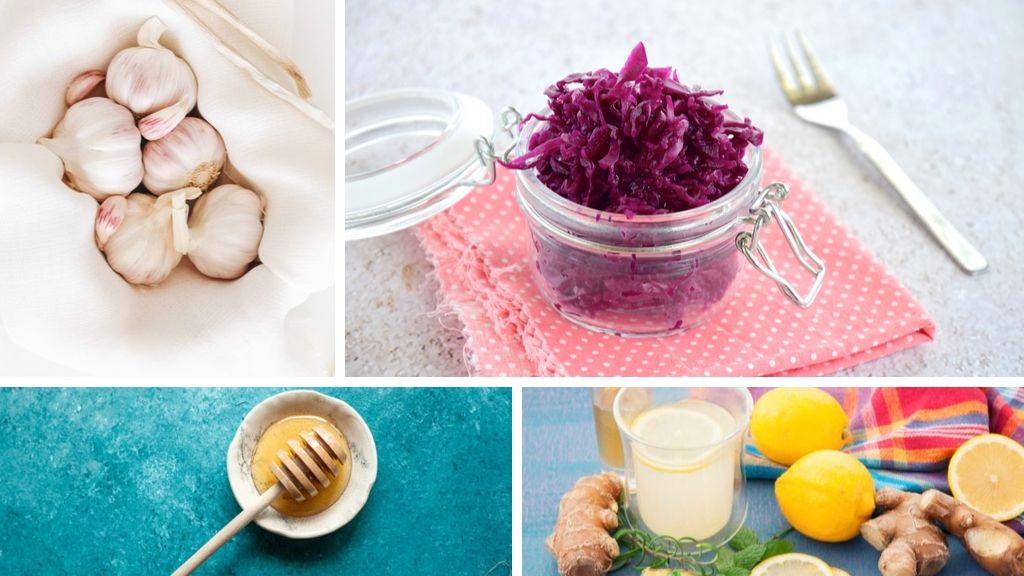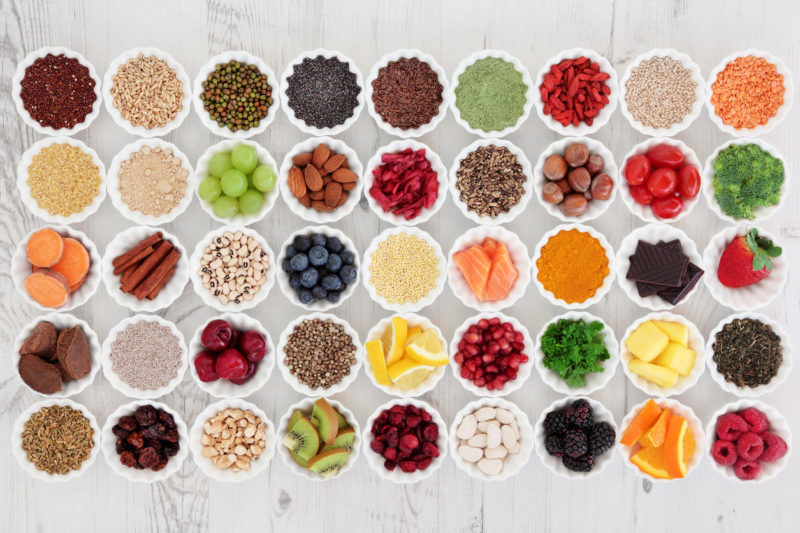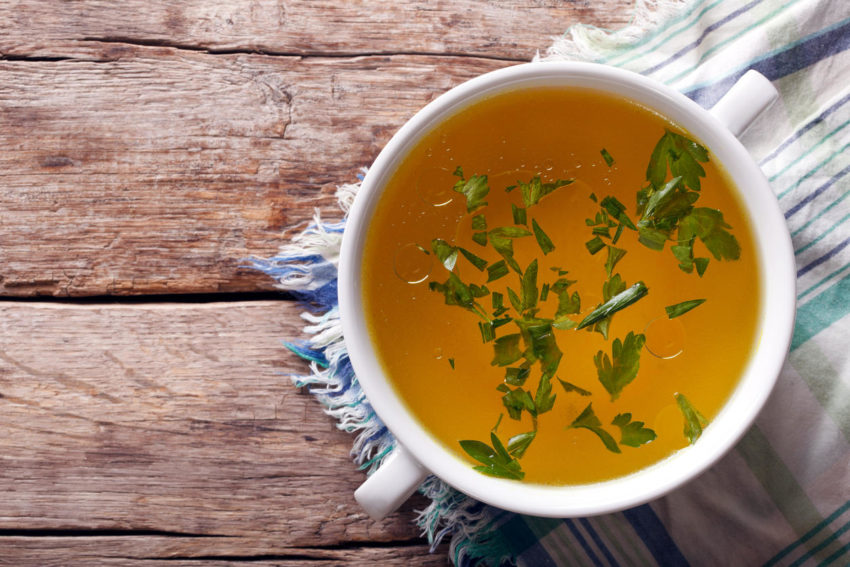Fire Cider Recipe and More Immune-Supportive Tincture Tips
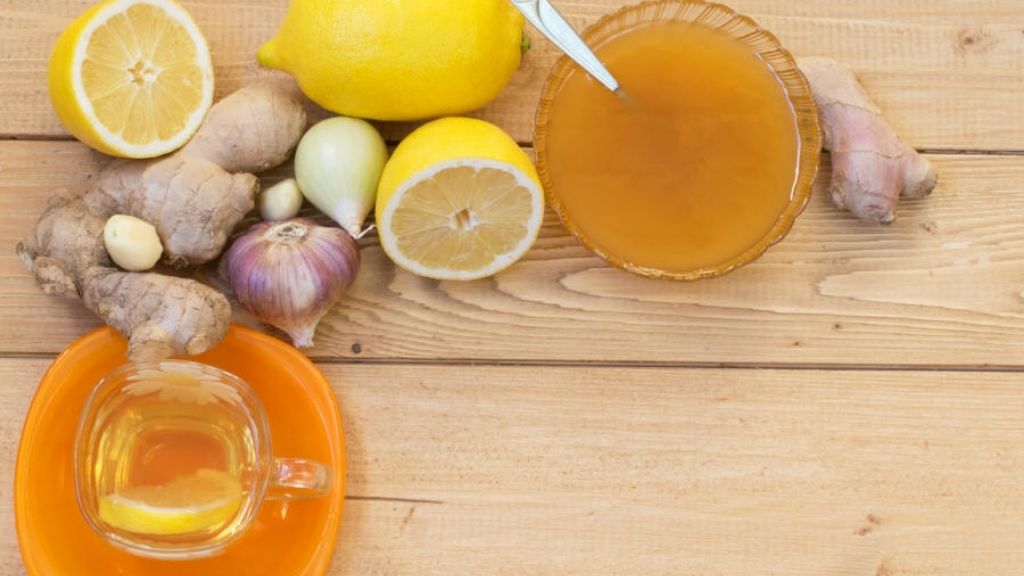
The winter months are considered cold and flu season, but our immune systems can be susceptible to infections all year long. Consuming cold-fighting foods and following an immune-supportive lifestyle are helpful throughout the year; however, when you’re struck down by a nasty bug you don’t always feel like cooking broth or blending a bowl of soup. This is where a great fire cider recipe comes in – with one quick shot, you are flooded with nutritional power!
Fire cider tastes, in all honesty, completely gross. And yet is highly effective, which is why it’s an essential tincture we have on hand in our culinary nutrition pantry. What makes fire cider so powerful? First off, its primary ingredients are roots, which all contain phytochemicals that protect them from the challenging environment underneath the earth. When we consume these roots, we also receive this protection! Let’s take a detailed look at what’s in our fire cider recipe.
Fire Cider Ingredients: Why They’re immune-SUPPORTIVE
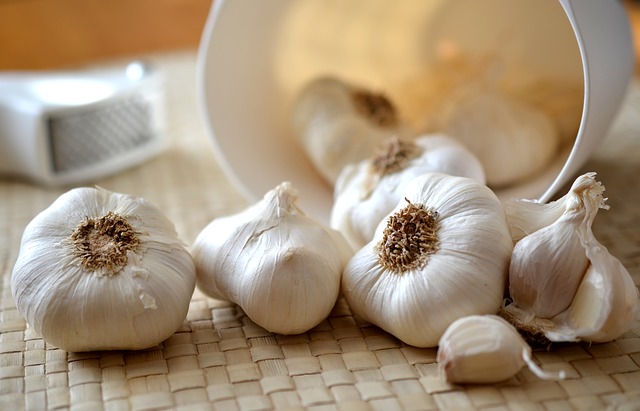
- Horseradish: This bitter root is highly anti-inflammatory, increases circulation and blood flow, helps to clear the sinuses, and has anti-cancer properties due to its content of glucosinolates, a family of compounds that neutralize cancer cells and help us detoxify.
- Onions: These contain a substance called onionin A, which helps fight inflammation and supports immunity. They also contain sulfurous anti-bacterial and anti-viral compounds, they’re a good source of Vitamin C, and they have a flavanoid called quercetin, a strong antioxidant that protects our cells from damage and has flu-fighting properties.
- Garlic: Garlic has potent anti-bacterial, anti-fungal, and anti-viral properties. It’s been used throughout history to ward off infections, and more recently scientists have discovered consuming garlic when sick enhances immune cell function, lessens cold symptoms, and diminishes the severity of colds and flu.
- Ginger: If you’re nauseated, ginger settles the stomach and reduces nausea. It also contains anti-inflammatory compounds called gingerols, which are powerful compounds that block inflammation, plus fresh ginger can prevent viruses from attaching to our airways.
- Cayenne: A strong spice to handle, but cayenne helps to increase blood flow, reduce inflammation and pain, support immunity, and clear congestion.
- Apple Cider Vinegar: As a fermented food, apple cider vinegar helps to improve digestion and the immune system. In a fire cider recipe, it helps to draw out the properties of the other ingredients. Discover 20 more ways to use apple cider vinegar throughout your home.
- Raw Honey: Added after the tincturing process to help sweeten the bitter taste of fire cider, raw honey is a natural sweetener that contains anti-bacterial and anti-microbial properties; it also has amino acids (the building blocks of protein) to aid with healing and repair.
how to make fire cider: a step-by-step guide
Our fire cider recipe is based on ratios so you can modify it to suit your needs or how much fire cider you’d like to tincture. It’s a flexible recipe!
Equipment You’ll Need:
- Wide mouth mason jar, either 500 ml or 1 litre/quart (note: your ingredients should fill the jar about halfway)
- Fine mesh strainer or cheesecloth
- Medium-sized bowl
- Cutting board
- Knife
- Masking tape and pen/marker
Ingredients You’ll Need:
- 1 part garlic
- 1 part horseradish
- 1 part onion
- 1/2 part fresh ginger
- Pinch of cayenne (or more if you can tolerate it)
- Apple cider vinegar, enough to cover all ingredients
- Honey to taste
What To Do:
- Chop fresh garlic, onions, and horseradish into small pieces. Let them sit for 5–10 minutes to activate the constituents in garlic and onion after chopping.
- Grate fresh ginger.
- Add the garlic, onions, horseradish, and ginger into the jar. It should fill the jar approximately half full.
- Cover the ingredients with apple cider vinegar (keep vinegar about two to three inches above the roots).
- Add cayenne. Cover the jar with the lid and shake well.
- Label the jar using masking tape, noting the name of the recipe and the date.
- Let sit in a cool, dark place for two to four weeks.
- Place your fine mesh strainer or cheesecloth over the bowl, then strain and discard spent herbs.
- Add honey to taste when serving.
How to Use Fire Cider
- As a preventative: If you can handle it, a small daily shot works to keep your immune system strong.
- As a cold and flu remedy: If you feel a cold coming on or have a full-blown cold, drink a small shot daily.
- As a culinary ingredient: Fire cider liquid has a savory and pungent quality – add a small amount to salad dressings, dips, sauces, or other recipes for flavour. It essentially works as a lovely homemade condiment.
More Immune-supportive Tincture Ideas
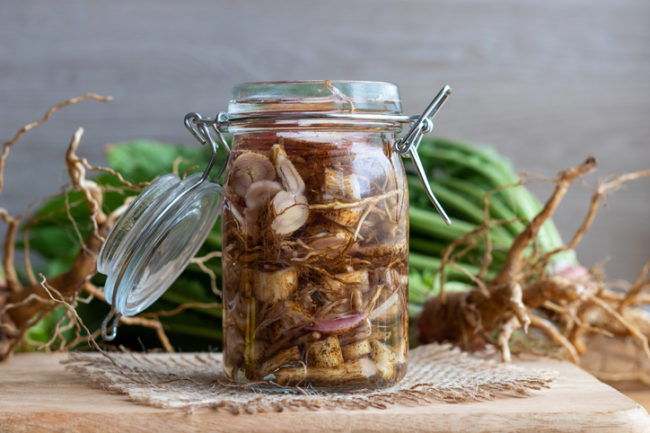
There are a wide variety of herbs and roots you can use to make tinctures! First off, check out our Guide to Homemade Tinctures and Tonics for all the common methods you can use to formulate them. It’s easy to learn how to make tinctures, and the herbal possibilities are vast. Some of our favourite immune-supportive herbs include:
- Ginger: Anti-inflammatory, immune strengthening, and great for nausea.
- Reishi/Chaga: Immune modulating, have anti-cancer, anti-inflammatory, and antioxidant properties.
- Echinacea: Stimulates the immune system, has anti-bacterial, anti-viral, and anti-cancer effects.
- Licorice: A great digestive aid, and it’s anti-microbial and anti-bacterial.
- Turmeric: Strongly anti-inflammatory and contains anti-cancer properties.
- Elderberries: Rich in antioxidants, especially Vitamin C.
- Culinary adaptogens: These help our bodies adapt to mental, physical, and emotional stress. They bring our bodies back into balance.
Get your FREE Tincture & Tonics Guide plus 35 more free resource guides!
Fill out the form below for instant access.
Free Resource Library
Enjoy more than 40 downloadable guides, recipes, and resources.
We love immune-supportive tinctures because they are long-lasting, powerful, and convenient when you feel something coming on. You might curse us when you take your first shot of fire cider, but once you reap the benefits you’ll be coming back to this recipe again and again.
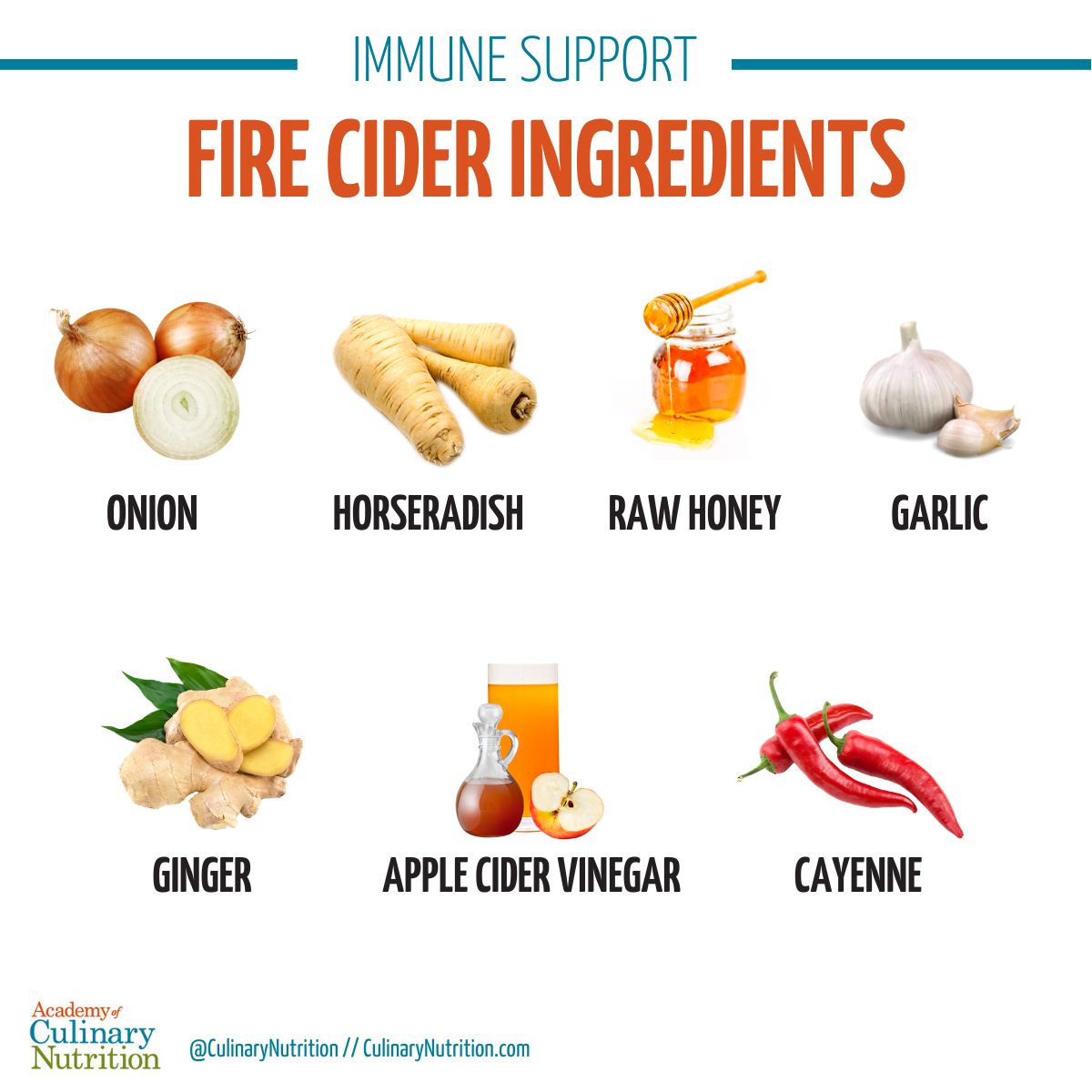
Free Resource Library
Enjoy more than 40 downloadable guides, recipes, and resources.
















